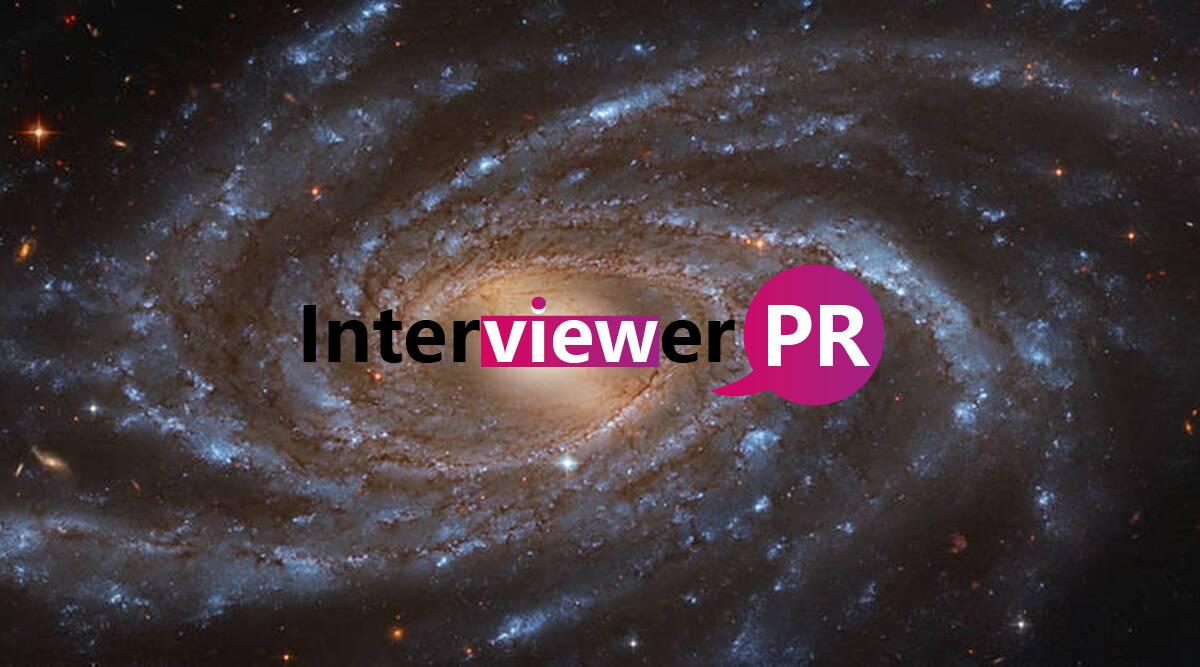When the universe was about 3 billion years old, just 20% of its current age, it experienced the most prolific period of star birth in its history. But when NASA’s Hubble Space Telescope and the Atacama Large Millimeter/submillimeter Array (ALMA) in northern Chile gazed toward cosmic objects in this period, they found something odd: six early, massive, “dead” galaxies that had run out of the cold hydrogen gas needed to make stars.
Without more fuel for star formation, these galaxies were literally running on empty. The findings are published in the journal Nature.
“At this point in our universe, all galaxies should be forming lots of stars. It’s the peak epoch of star formation,” explained lead author Kate Whitaker, assistant professor of astronomy at the University of Massachusetts, Amherst. Whitaker is also associate faculty at the Cosmic Dawn Center in Copenhagen, Denmark. “So what happened to all the cold gas in these galaxies so early on?”
This study is a classic example of the harmony between Hubble and ALMA observations. Hubble pinpointed where in the galaxies the stars exist, showing where they formed in the past. By detecting the cold dust that serves as a proxy for the cold hydrogen gas, ALMA showed astronomers where stars could form in the future if enough fuel were present.
- Advertisement -
The legendary Hubble telescope snapped an image of an intriguing galaxy, some 130 million light-years away. NGC 5728 is a spiral galaxy, similar to the Milky Way, but with an especially energetic core, as seen in the recent Hubble image. This is a class of galaxy with an “active galactic nucleus (AGN),” explained NASA.
Hubble’s invaluable Wide Field Camera 3 — installed by astronauts in 2009 during their last and final trip to service Hubble — captured this intense visible and infrared light (infrared is light we can’t see but can sometimes feel as heat). Yet, importantly, NASA emphasizes that NGC 5728’s energetic core (filled with stars) is actually emitting much more light than Hubble (or us) can see. In other words, significantly more light, coming out in other wavelengths, is emanating from the galaxy.
“This galaxy is more than meets the eye…” NASA tweeted from its Hubble Twitter account.
NASA’s next generation of the space telescope, the James Webb Space Telescope, is currently set to launch on Dec. 18. The telescope, with larger mirrors and a much greater resolution than Hubble, will peer at some of the oldest galaxies in our universe, and observe planets forming in distant solar systems.
The study of these early, distant, dead galaxies as part of the appropriately named REQUIEM program, which stands for Resolving QUIEscent Magnified Galaxies At High Redshift. (Redshift happens when light is stretched by the expansion of space and appears shifted toward the red part of the spectrum. The farther away a galaxy is with respect to the observer, the redder it appears.)
The REQUIEM team uses extremely massive foreground galaxy clusters as natural telescopes. The immense gravity of a galaxy cluster warps space, bending and magnifying light from background objects. When an early, massive, and very distant galaxy is positioned behind such a cluster, it appears greatly stretched and magnified, allowing astronomers to study details that would otherwise be impossible to see. This is called “strong gravitational lensing.”


